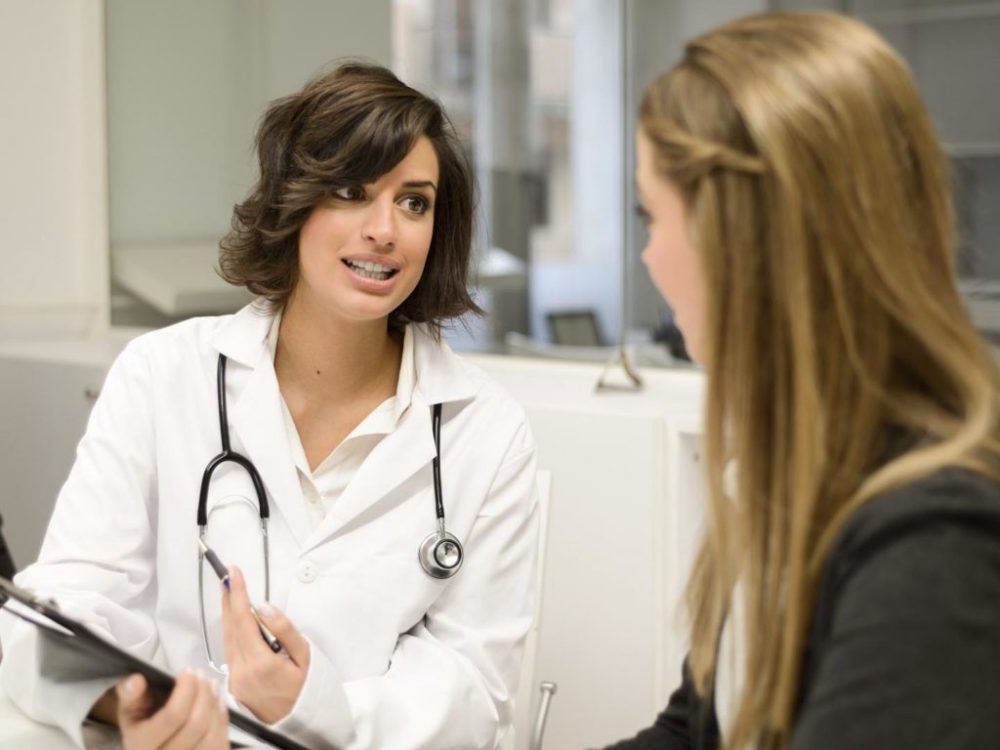Endometriosis is common among women in their 30s and 40s. The women at highest risk include those who have not had children; whose menstrual cycles last longer than seven days; or who have a mother, sister, or aunt with the condition.
Although there is no sure-shot way to prevent endometriosis, here are certain steps to reduce the risk,
Estrogen Levels:

Lowering Estrogen Levels to thin the uterine lining. These include using a hormonal birth control method like the Pill, patch, vaginal ring, depo-medroxyprogesterone acetate injection (Depo-Provera), or etonogestrel subdermal implant (Nexplanon).
Exercise
Women with a lower percentage of body fat have less circulating estrogen. In one older study published in the American Journal of Epidemiology, women who participated in high-intensity aerobic activity such as biking, jogging, or aerobics three or more times per week were 76 percent less likely to have endometriosis.
Breast-Feeding
According to research, mothers who breastfed their babies have significantly lower chances of later developing endometriosis. The longer the duration of breastfeeding, the greater the risk reduction.
Alcohol
Studies have shown that drinking too much alcohol can raise the amount of estrogen your body makes, which could lead to endometriosis. If you’re a woman who drinks, stick to no more than one alcoholic drink per day.

Watch Out Caffeine Intake
You can try decaf or caffeine-free drinks, and always get plenty of water to stay hydrated.
You can’t eliminate endometriosis risk, but you can work towards reducing your chances of developing it by lowering the levels of the hormone estrogen in your body.
Disclaimer
The Content is not intended to be a substitute for professional medical advice, diagnosis, or treatment. Always seek the advice of your physician or other qualified health provider with any questions you may have regarding a medical condition.